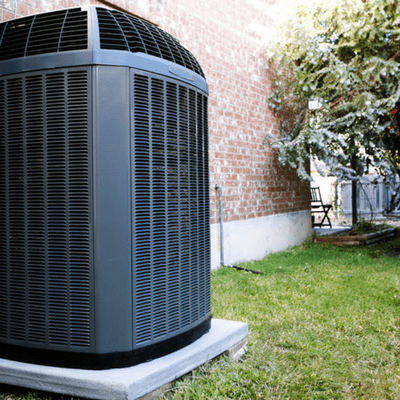The Location of Your Trees Can Save Energy (And Money!)
Your energy bill can rise dramatically when outside temperatures go to either extreme. That means a greater impact on the environment as well as your bank account. Where you plant trees can have a big impact on how much energy your household consumes to keep things cool in the summer. It also influences heating costs in the winter, because those same trees provide protection from cold winds.
While good aesthetics certainly come into play when planning where to plant trees, you need to consider energy savings. Taking the time to plan where your trees will provide the greatest protection
Protecting Against Heat 
View strategically placed trees to protect your house against the onslaught of heat in the summer. While trees certainly look nice, they provide shade, which keeps things cooler. If your house sits in the shade instead of direct sunlight, it will stay cooler. That means your air conditioner doesn’t run as much, and you pay less for electricity each month.
Compared to no shade for your house, the proper placement of trees can cut down air conditioning costs by up to 50 percent. While trees take some care, the investment pays huge dividends.
For the greatest benefit, consider the following:
- Plant trees to the west of west-facing windows first, since that will provide the greatest return on your investment.
- Planting trees east of east-facing windows will also lower energy costs, but not as much as tending to west-facing windows, making this a secondary priority.
- The ideal setup is a row of trees all along the east and west sides of a house, if possible.
- Choose trees that you can plant within 20 feet of the house, and that will grow to be 10 feet taller than the window you want to shade.
- Trees to the south of a home provide little shade benefit since at midday the shadow is cast downward and not over the house.
Sheltering from the Cold
The main benefit of trees in the winter is they act as windbreaks. You see the biggest benefit from trees planted to the north and northwest of the house. If you plant bushes or shrubs in a line, they can block ground-level winds, but a wall has the same effect.
- Trees to the south of a home cast a shadow over the structure most of the daytime, making it colder, so your energy costs increase.
- Cut away the lower branches of trees to the south and southeast of the home to allow the winter sun to hit the house in the daytime, heating it naturally.
Protecting Your Air Conditioner 
It might seem strange, but your air conditioner does better when it’s in shade.
Consider that your air conditioner draws in outside air, then works hard to cool that air to the temperature you set at the thermostat. If the air it’s using is cooler, that means it doesn’t have to do as much.
This means you can also plant trees so they provide shade around your air conditioner, particularly in the afternoon and evening. After all, that’s when most people demand the most out of their system, so you’ll get the greatest benefit.
With the right setup, a shaded air conditioner can see up to a 10-percent boost in efficiency. That’s a big difference, especially if your unit is running a good portion of the day.
Plants you put near an air conditioner need to be at least three feet away. That allows air to flow into the unit without problems.











